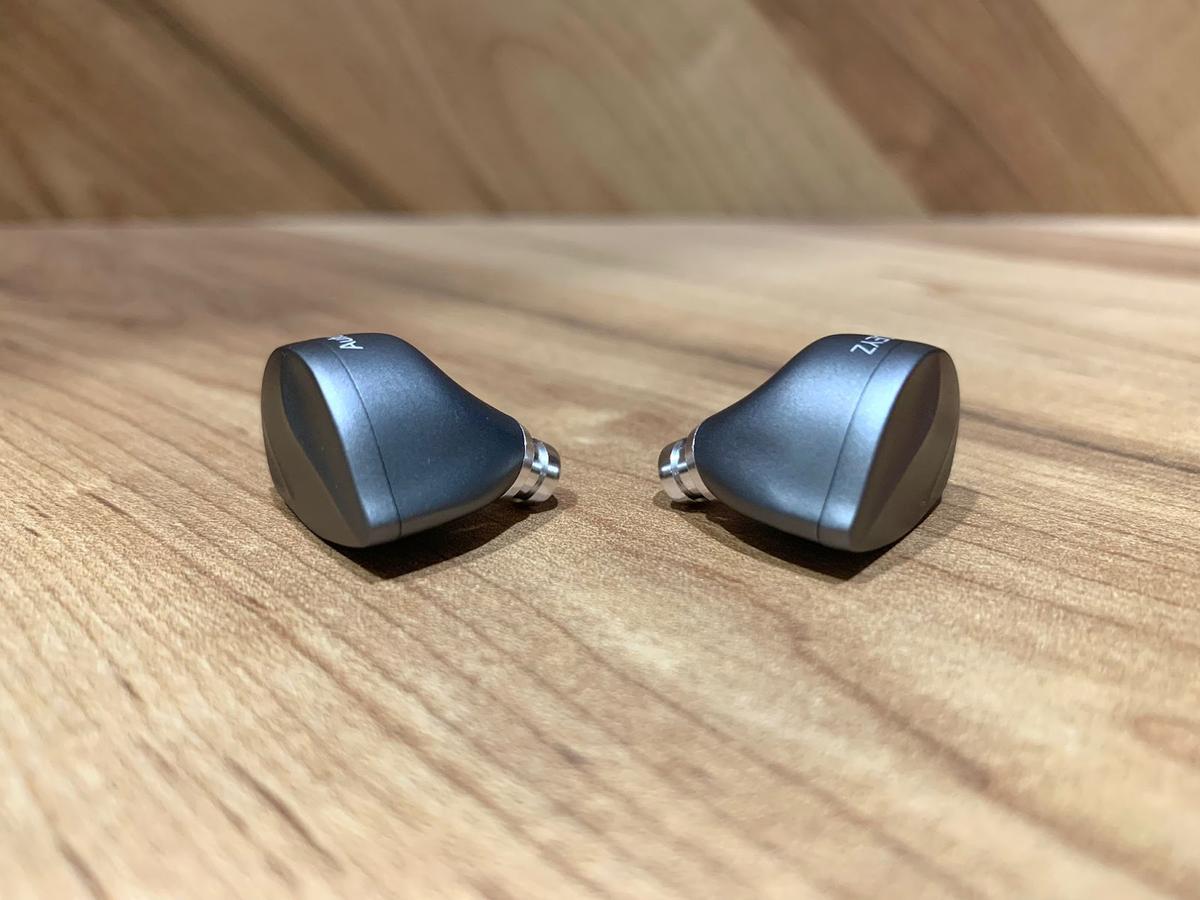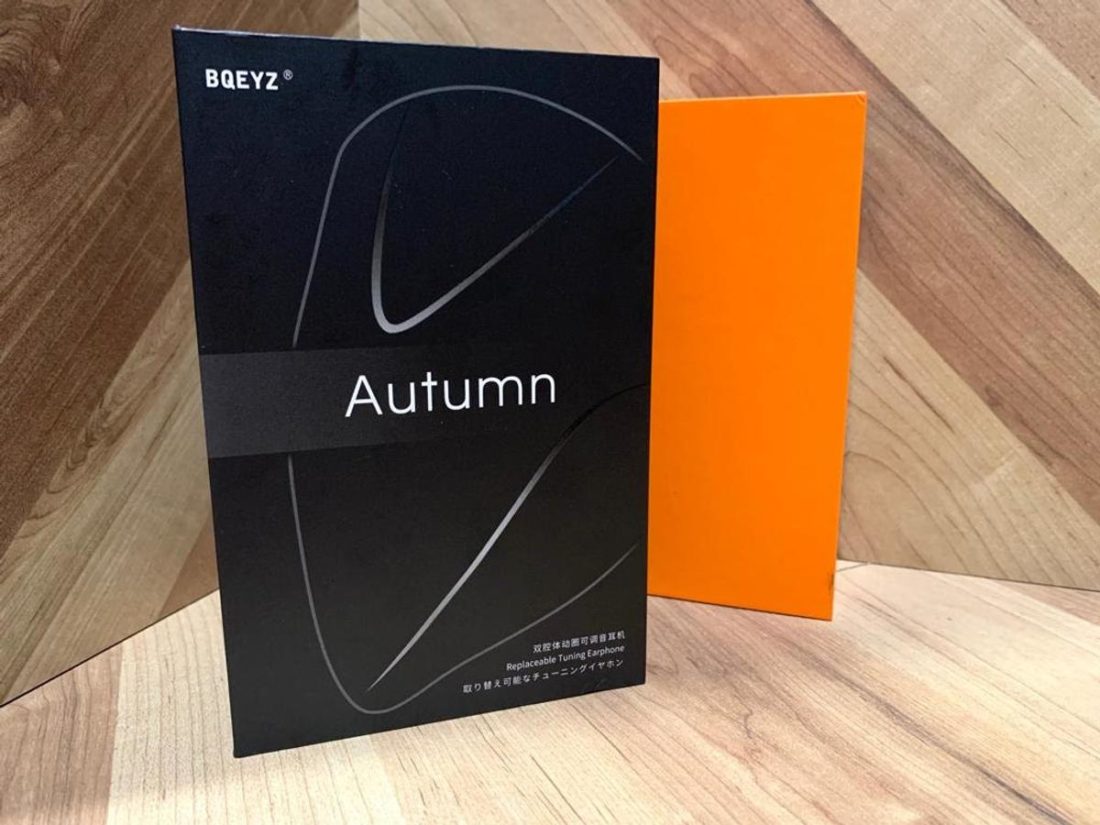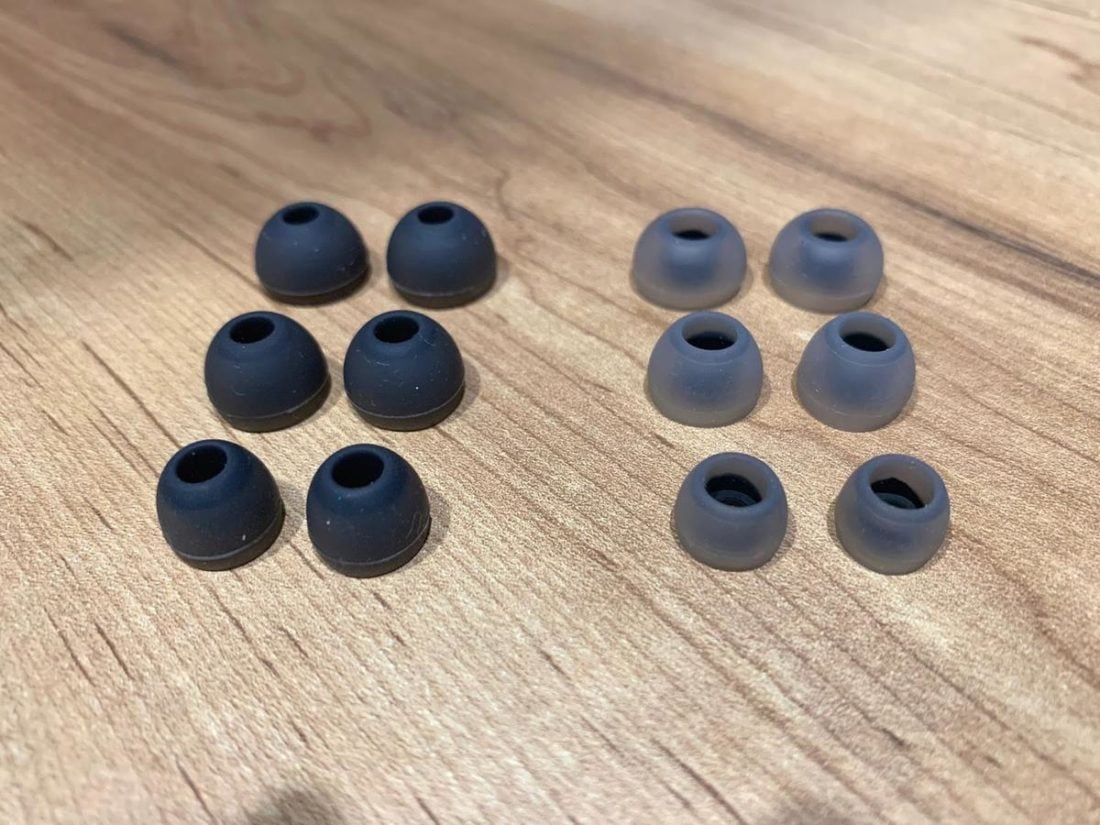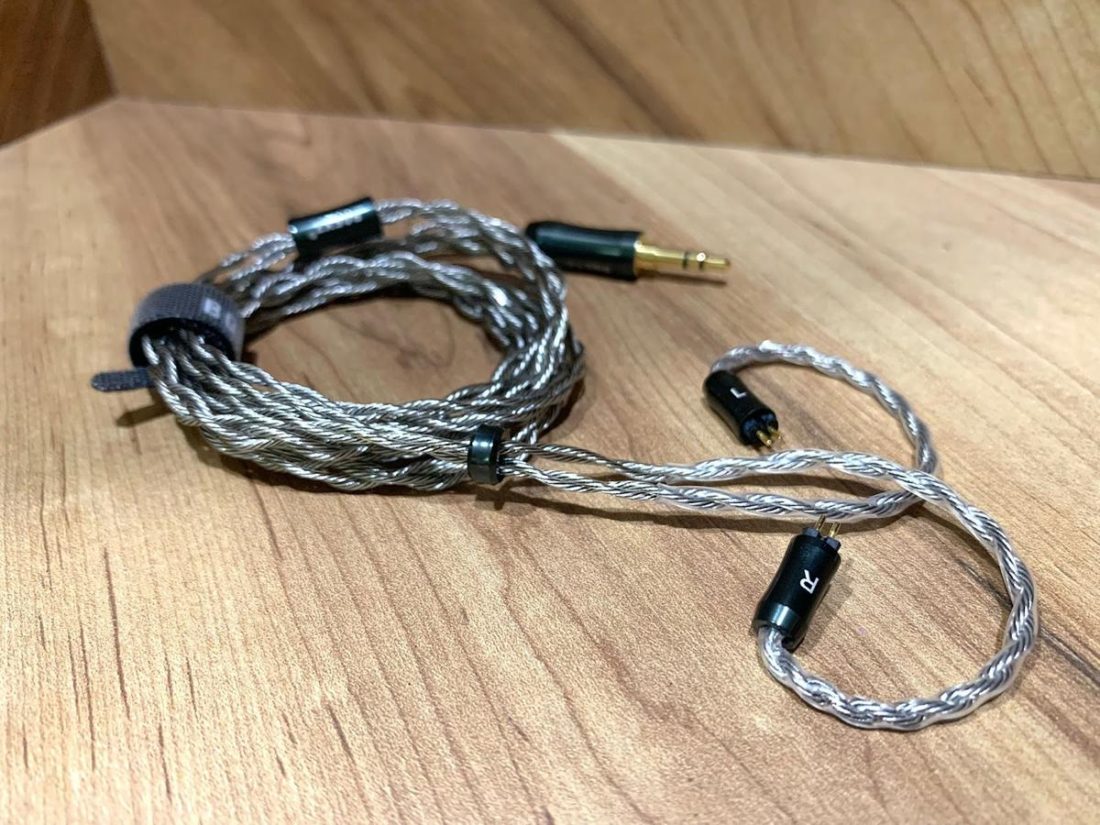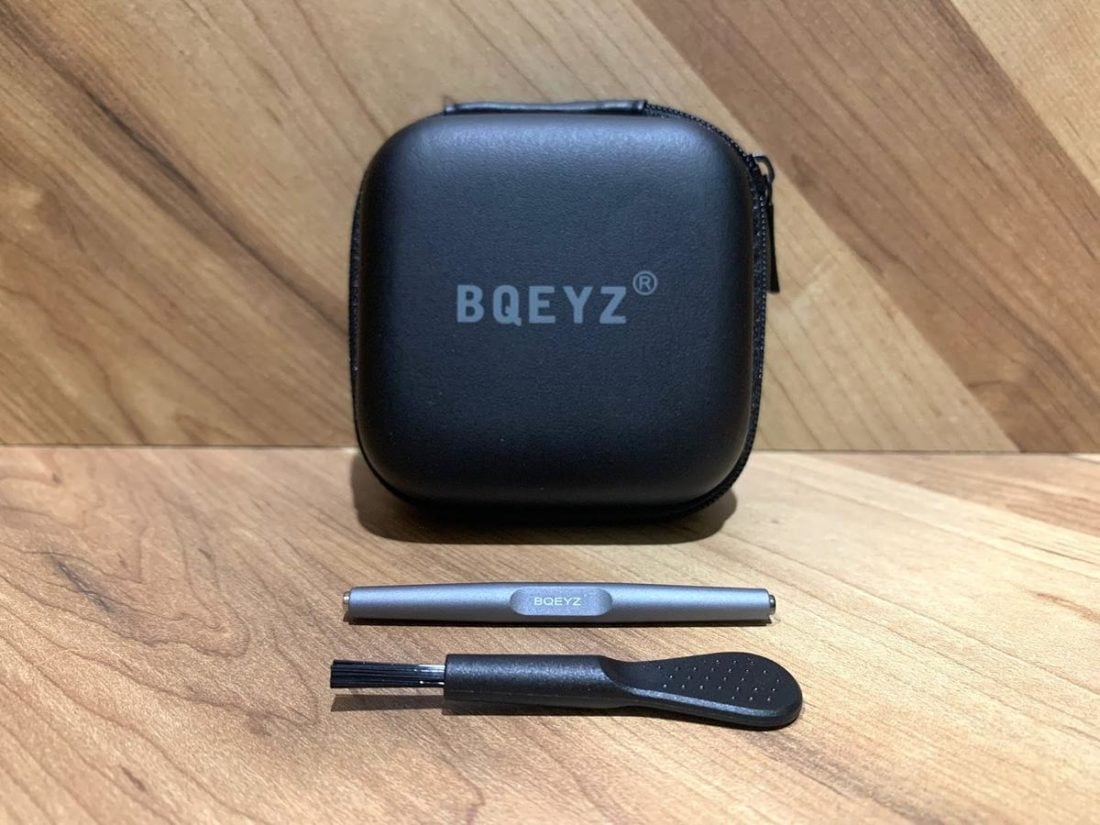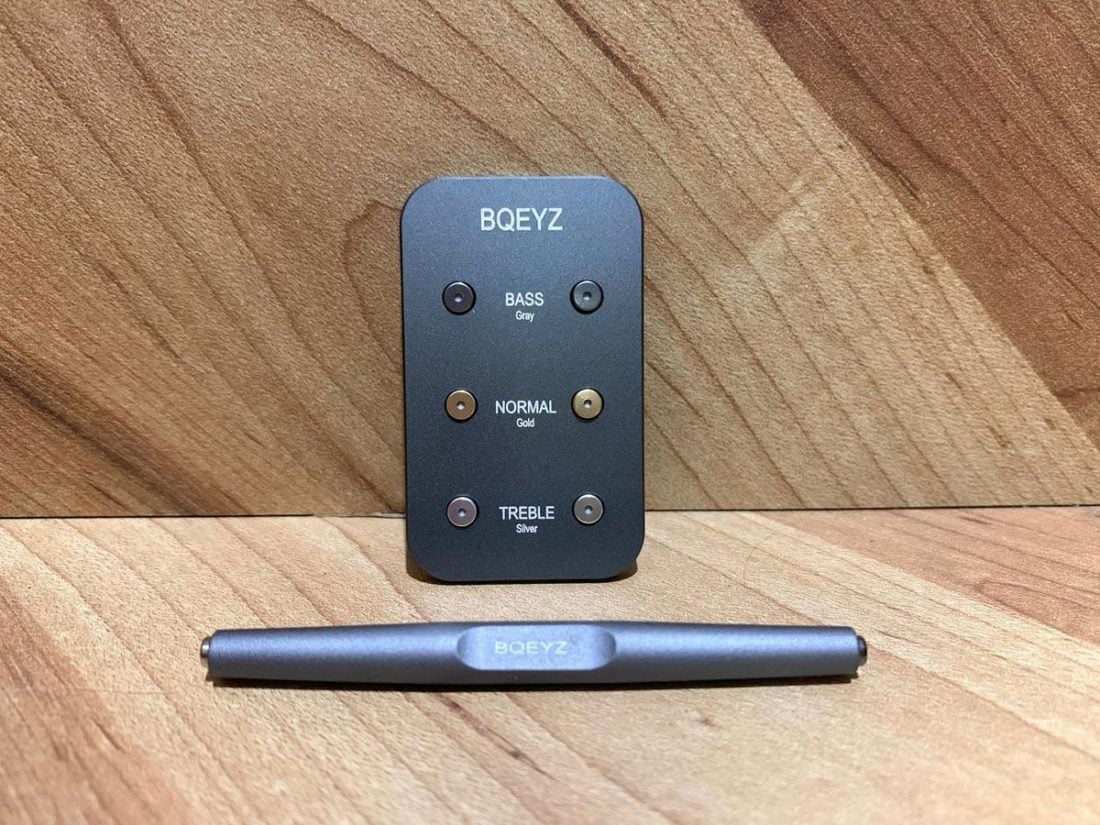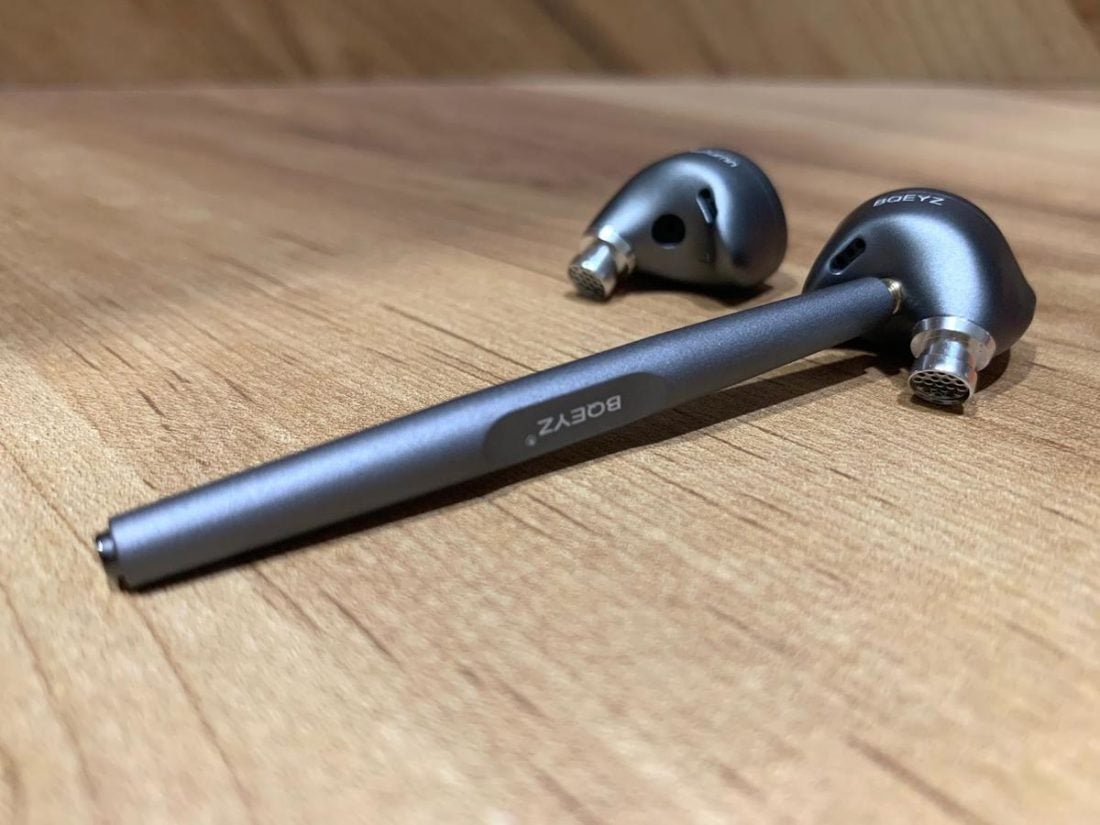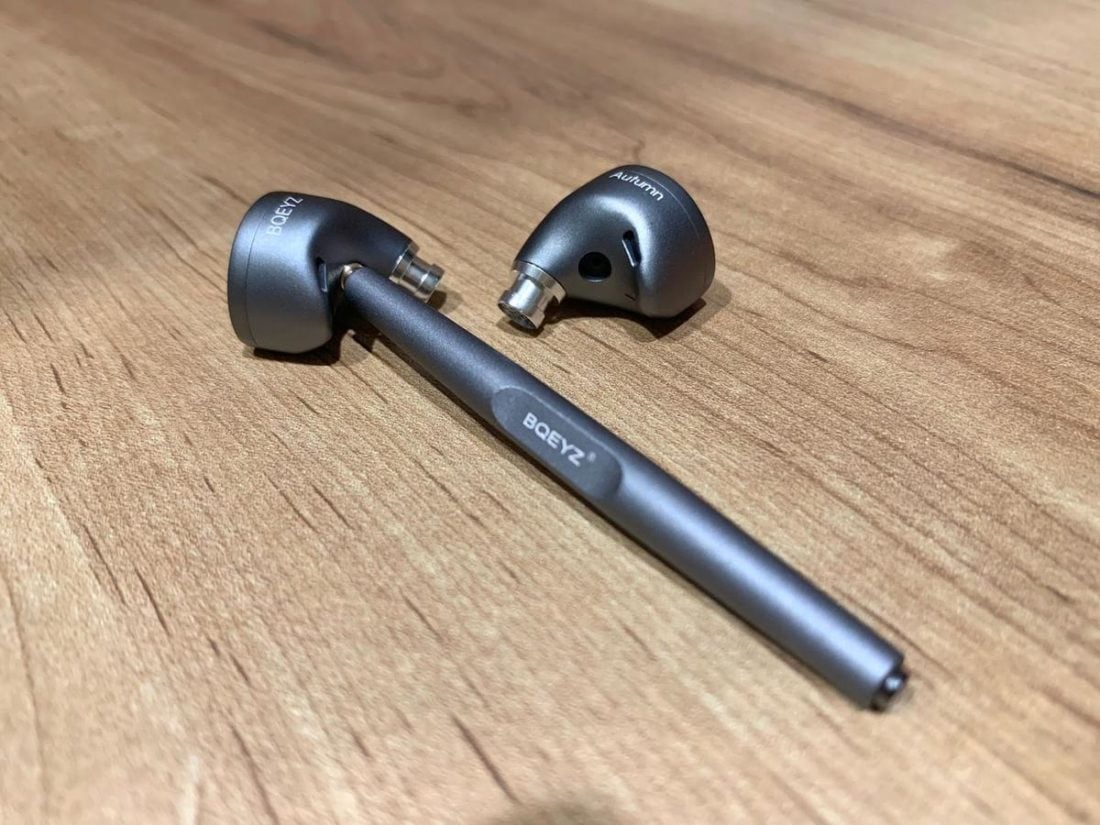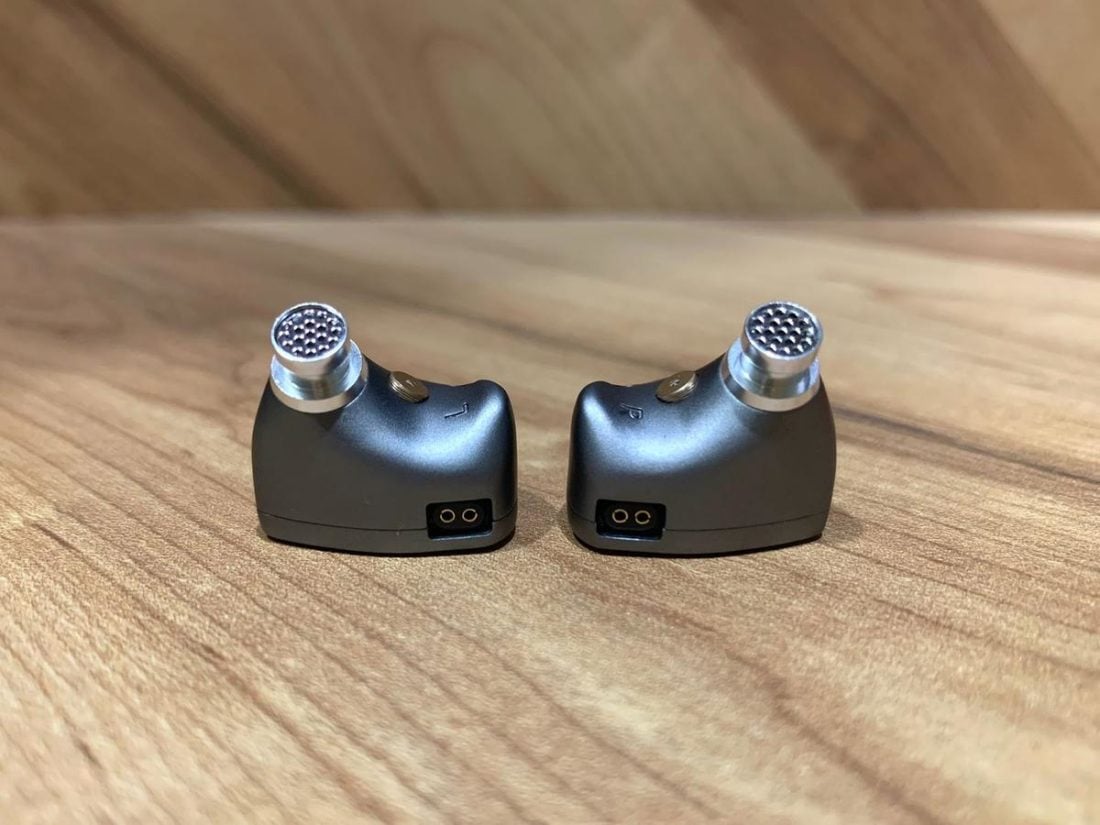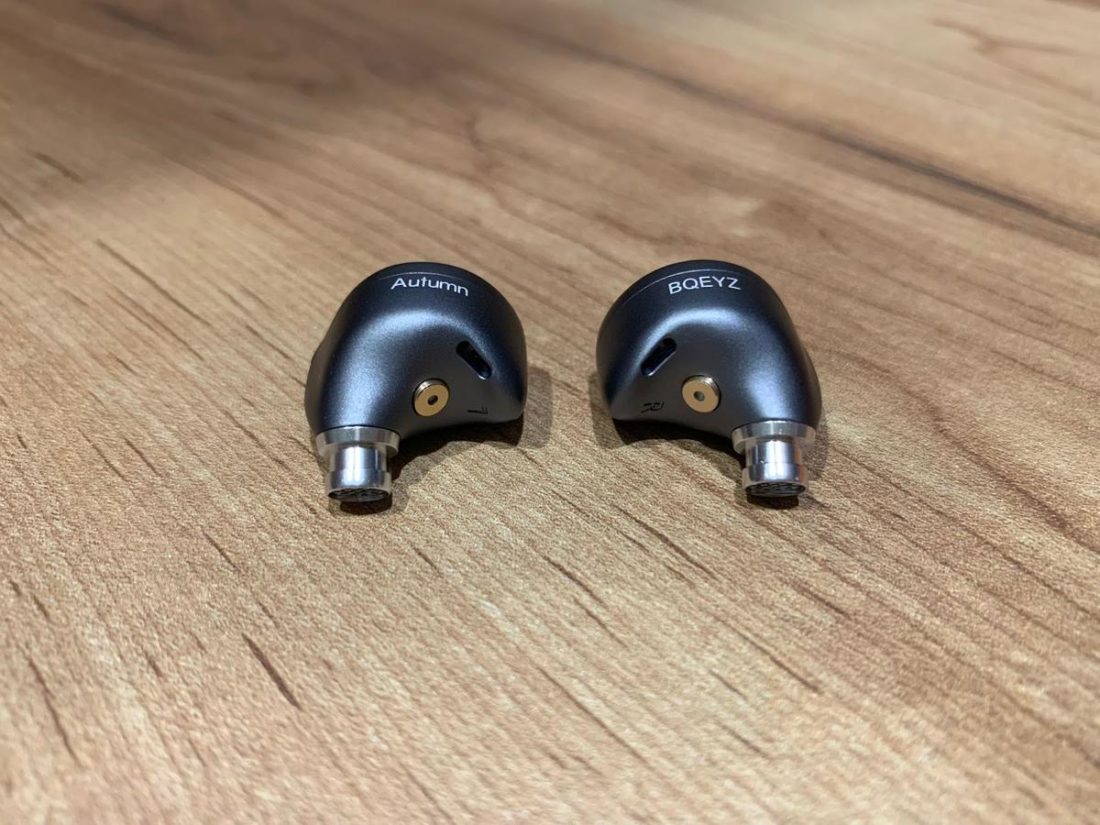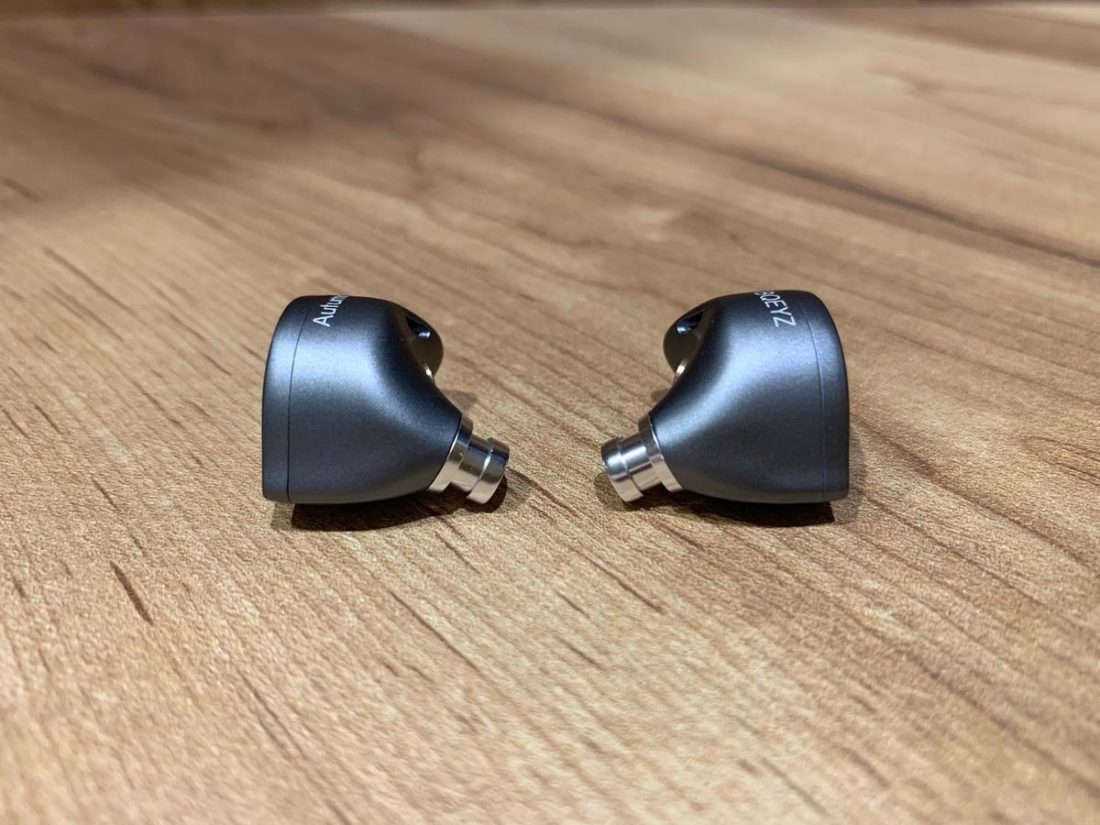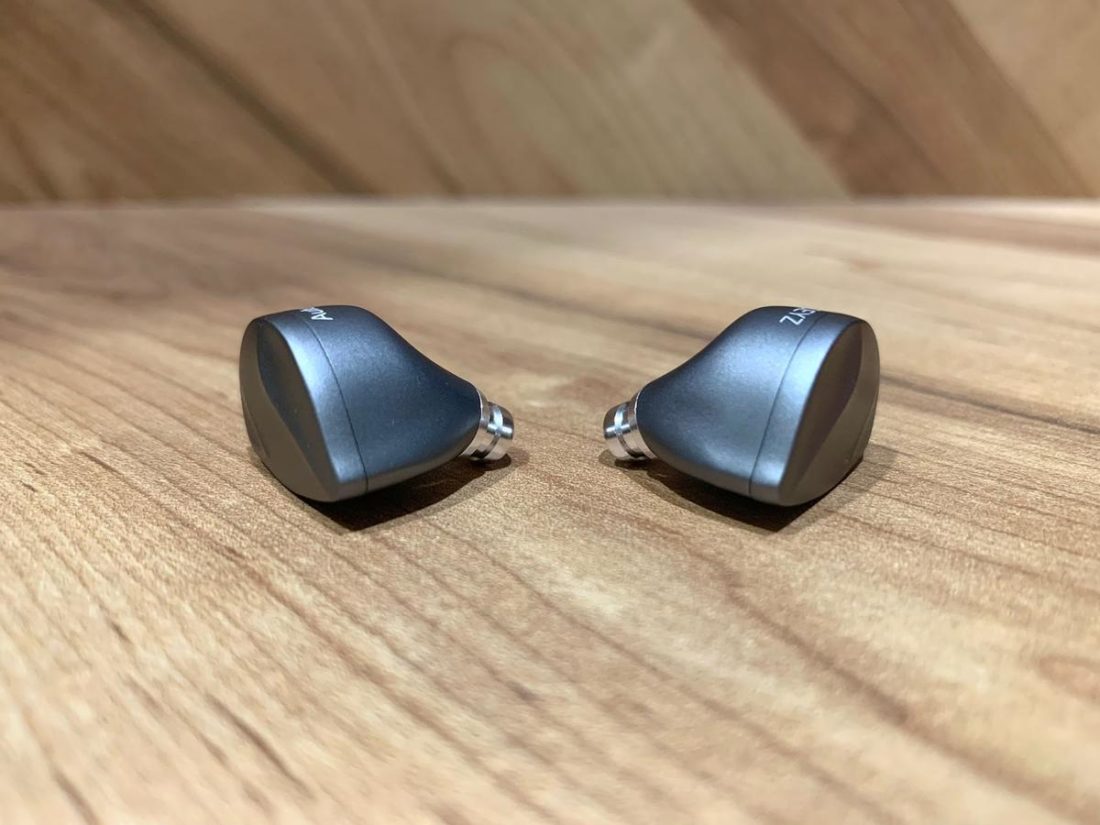Tuneable IEMs are dime-a-dozen nowadays (Moondrop KATO, LZ A7, Smabat Proto and TRI Starsea, just to name a few). They allow the user to change the sound signature on-the-fly with a flick of a switch or by putting on a new filter, to change the sound signature from a single pair of IEMs. Some of these tuneable IEMs may provide sound signatures that are just subtle variations of their stock sound (i.e. not much value-add or bordering on gimmicky). And some users may find it a chore to unscrew and put on a new filter, and only use a single filter setup, forgoing the tuning option entirely. The BQEYZ Autumn promise to fix these issues by bringing a magnetic swappable tuning filter concept to the table! This allows for quicker and easier filter changes and also reduces wear and tear when compared to switches or screw-on filters.
Company Overview
Although there is little company information available online, BQEYZ are one of the more prominent IEM manufacturers in the ultra-competitive CHI-FI market. Their motto is “Best Quality Earphones For You”. BQEYZ produced some crowd favorites such as the KC2 and Summer, and the piezoelectric tribrids Spring 1 and Spring 2.The Autumn is the 3rd release (after the Spring and the Summer IEMs) in a 4 season themed release.
Technical Specifications
Form: IEMs Drivers: 13mm dynamic driver with dual-cavity acoustic structure. Impedance (Ohm): 46 Ω Sensitivity (dB): 110dB Frequency Response (Hz): 7 Hz – 40 kHz Removable Cable: Y Cable: silver-plated and copper hybrid cable Cup/Shell Plug: 2.5mm/4.4mm/3.5mm with 2-pin 0.78 mm – can be selected during purchase Mic: N
Packaging
In the box
BQEYZ Autumn IEMs 6 pairs of silicone ear tips (S, M, L) – 3 pairs with narrow bore, 3 pairs with wider bore nozzles 3 pairs of external filters (for tuning) Magnetic swapping tool for filters Cleaning brush Cable Semi rigid carrying case
While there are no foam tips provided, I do find the silicone tips are good enough for regular usage.
Cable
The included cable is a silver-plated and copper hybrid. During the ordering process, BQEYZ offers the consumer the option to choose a termination of their choice: balanced 2.5mm or 4.4mm, or single-ended 3.5mm. The stock cable is well braided with only slight microphonics. There is a chin cinch to secure the fit. Unfortunately, the cable is on the thinner side and does tend to tangle easily. Thankfully, the cable has 2-pin termination, which generally has a better shelf-life than MMCX, especially with frequent cable changes.
Case
Design
During ordering, one can opt for an ash green or benzo blue shell color. I selected the ash green variant in an effort to tie in with the Autumn concept (I hope the leaves will turn orange soon). The shells are manufactured using 5-Axis CNC machined metallic ear cavities. They have three vents which do let in some outside noise, so isolation on the Autumn is admittedly below average.
Swapping tuning filters
The magnetic tool is quite dummy-proof. Just put it near the Autumn’s bass vent hole, and the filter will stick onto the tool and be removed easily. Placing a filter onto the bass vent is likewise easy, just stick the filter into the hole and slide the tool away and the filter sticks in. The magnets for the filters are quite strong, and once placed inside the bass vent of the Autumn, they do not drop out, even with robust shaking. I’ve seen reports on forums of tuning switches getting stuck or breaking with repeated use, and even conventional screw-on filters getting lost or causing wear and tear in the grooves. Even if not lost or damaged, the time taken to switch out a conventional screw-on nozzle filter must be factored in, and anyone with poor eyesight or shaky hands may face challenges with this sort of design. The Autumn’s swappable magnetic filters get the task done in a few seconds and this gives the user more incentive to swap sound signatures on the fly.
Comfort
The Autumn are light, ergonomic, and comfortable. I encountered no issues with using them for marathon listening sessions. I didn’t find any driver flex during testing.
Internals
The BQEYZ Autumn feature a 13mm dynamic driver with a dual-cavity acoustic structure. The Autumn can be driven from weaker sources, but in view of their higher impedance, they do benefit from amplification, with improved soundstage, dynamics, micro-details and bass extension/tightness when more juice is added.
BQEYZ Autumn Sound
The Autumn have 3 distinctly different sound signatures with the various filters: Across the various configurations, timbral accuracy on the Autumn is very organic and natural, as per the Autumn’s single DD roots. Micro-details are above average at this price range for a single DD set, though there might be some multi BA/hybrid competitors with better resolution. Soundstage is a particular highlight on the Autumn, with good height and width. This aids instrument separation with no congestion noted even on busy tracks. Imaging is decent but not class-leading, and admittedly there are other single DD competitors with more accurate imaging.
Bass
The Autumn have moderately extended bass, with the mid-bass linearly descending to the sub-bass. The bass quantity is well-dosed, just being slightly north of neutral, being neither anemic nor intrusive. Bass quality is high, with good speed, texture and timbre, and no mid-bass bleed.
Midrange
The lower mids are slightly recessed, with a boost in the upper mids. Vocals are forward without being shouty. The midrange, while not being the most transparent, balances a fine line between musicality and being analytical. Layering is quite well done, aided by the aforementioned big soundstage.
Treble
The Autumn’s treble is moderately extended with the gold filters. While some CHI-FI IEMs have a peak in the 2 – 4 kHz regions, the Autumn have a peak around the 5 kHz (lower treble) region. In practice, the treble isn’t too harsh or sibilant, and most treble sensitive folk should be able to tolerate this area with the bass or balanced filters. Clarity and micro-details are quite good on the Autumn (for a single DD set), though there might be more airy competitors that give better treble extension.
Comparisons
I compared the Autumn with some other mid-FI single DD sets. Hybrids and pure BA IEMs were left out of the comparison as the different transducer types have their own pros and cons.
Vs. Tanchjim Oxygen
The Tanchjim Oxygen have better clarity, imaging, instrument separation, micro-details, and air. The Autumn, however, have a bigger soundstage and thicker note weight, with the Oxygen sounding a bit thin in note definition. The Oxygen do not have any tuning options, and can sound a bit bass light for bass forward music genres, so the Autumn have the edge in terms of versatility. The Oxygen may also have fit issues due to their shorter nozzle, and they also weigh in at a substantially higher price than the Autumn.
Vs. Moondrop KATO
The Moondrop KATO follow Moondrop’s virtual diffuse sound field (VDSF) tuning philosophy (which is their in-house variant of the Harman curve). The KATO have 2 sets of screw-on nozzles to give a subtle difference to the sound flavor, but the differences are not as marked as the 3 sound signatures on offer with the Autumn. The Autumn’s filters are far more convenient and easier to change, with the magnetic design bringing dividends. Hence, versatility is better with the Autumn, as some might not want to keep unscrewing and screwing on nozzles on-the-go for the KATO. Both sets have an organic timbral accuracy for acoustic instruments, but the Autumn edges the KATOin soundstage, instrument separation, imaging, and micro-details. Having said that, the KATO are slightly cheaper than the BQEYZ Autumn, but for the extra coin, the more impactful and easier to accomplish tuning options make the Autumn a better purchase.
Vs. KBEAR Aurora
The KBEAR Aurora are a harman-like set that have good timbre and tonality. However, they have weaker technicalities (imaging, micro-details, clarity, and instrument separation) than the Autumn, but the Aurora have a thicker note weight with a more analogue-sounding signature. The Autumn are more versatile in view of the 3 tuning options on offer. Even with the bass filters placed on the Autumn (to give more bass heft to sound tonally more similar to the Aurora), the Autumn still have better technicalities than the Aurora.
Where to Buy
Conclusion
The Autumn are good IEMs in the mid-FI single DD pantheon, bringing innovative, magnetic, swappable filters to the table, ensuring that switching sound signatures is as fuss-free as possible. The 3 different sound signatures on tap are not a gimmick, and they add increased versatility as a feather to the Autumn’s cap. Bassheads to trebleheads should all find something to appreciate here. Unfortunately, nothing is perfect, and there are some areas for improvement. The Autumn have below average isolation, require amplification to scale better, and an occasional 5 kHz glare at louder volume rears its head. I enjoyed my time with the various sound signatures available with the Autumn, and very much look forward to the upcoming “Winter” IEM in BQEYZ’s four seasons line-up!
